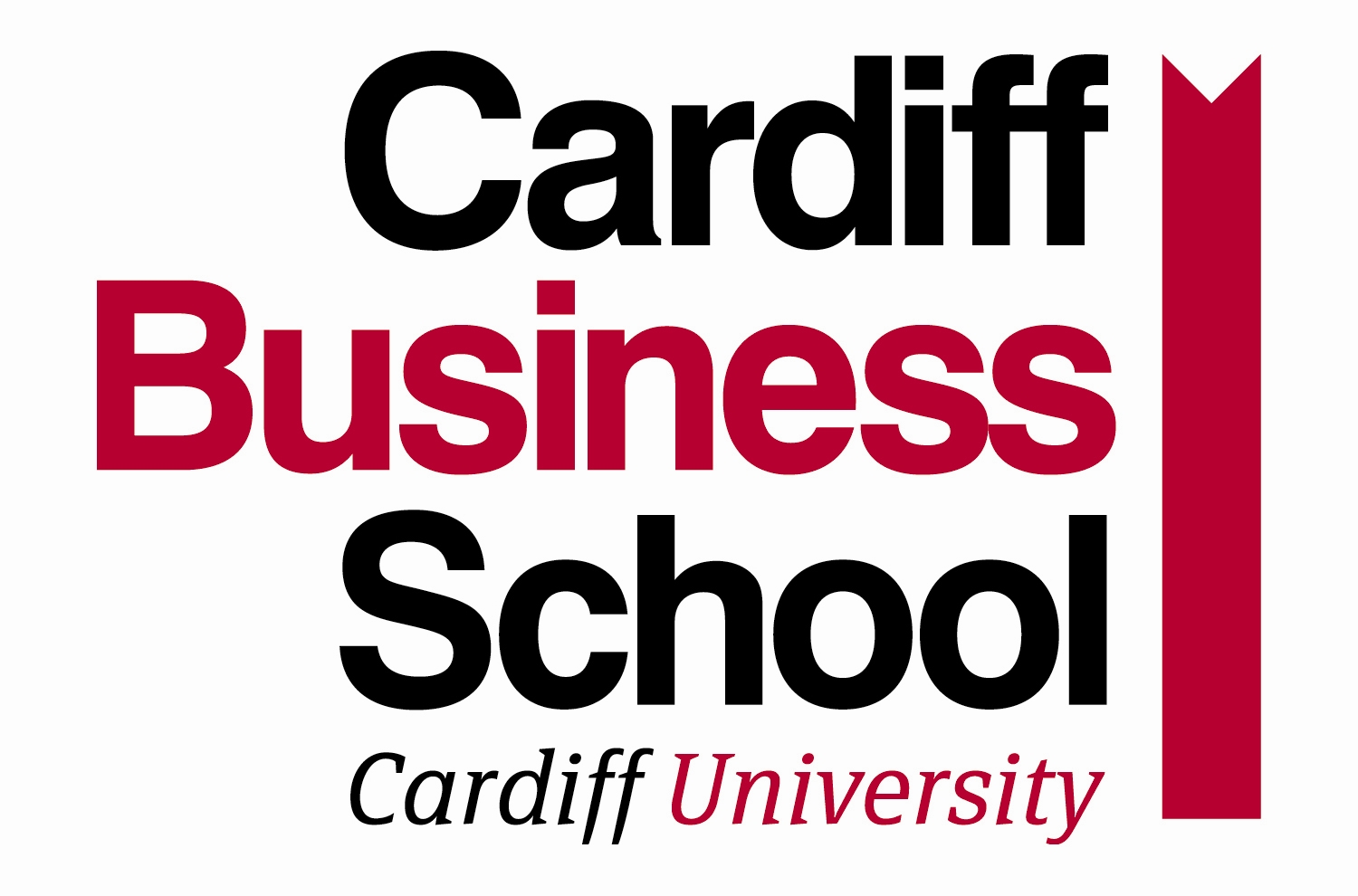Each external funder of research requires a particular set of promises and evidence that you can achieve them, depending on the purpose of the funding opportunity. All such funders will have their own requirements for the content and format of this information. It may involve a form, free text, a spreadsheet setting out the costs entailed, or a combination of these. Funders tend to require many common elements of information, whatever the funding purpose. They may include an expectation that you will set out:
· what you are proposing to do
· why it matters
· how it relates to what has already been done
· how you will do it
· how you will inform others about what you discover
· how you will work to maximize the academic or practical impact of your research
· what your effort will cost, and why
· whether you have the necessary background to enable you to do the work effectively
Equally there are many differences. Some funders require a statement of the projected impacts of the work beyond the academic world, and a plan of how they will be achieved. Others don’t. Some funding agencies may require the proposal to be submitted electronically; others may require it to be submitted by post.
Funders often want a bewildering array of information. You may be unclear at first why certain items are demanded. But you can safely assume that every category of information is there because it is important to the funder. Therefore providing this information is important to you: if you fail to provide all the information the funders want, they could simply reject your proposal. To give you an idea of how much information can be required, here is a list of information categories from the 2010 version of the ESRC Small Grants Scheme.
Form:
· Organization where the grant would be held
· Project title
· Start date and duration
· Applicants
· Classification – international research or not
· Objectives
· Research summary
· Academic beneficiaries
· Staff duties
· Research impact summary
· Ethical information
· Summary of resources required for the project
· Related proposals (any link with other proposals you have made to the ESRC)
· Previous proposals (to the ESRC)
· Other support (any support from elsewhere for the research)
· Staff (details of staff employed on the project and further details of applicants)
· Travel and subsistence
· Equipment
· Other directly incurred costs
· Other directly allocated costs
· Research facilities/existing equipment
· Estates and indirect costs
· Project partners (where other organizations contribute to the research)
· Timetable
· Data collection (details of data collection and archiving)
· Classification (international research or not)
Case for Support:
· Aims and objectives
· Timing
· Summary of related research
· Research questions
· Research methods, framework and methods of analysis
· Datasets review, materials and information to be collected
· Potential problems and risks
· Chosen approach
Justification of resources
Curriculum vitae of applicants (and named research staff)
Pathways to impact (plans for achieving research impact)
List of publications (list of references cited in the text)
Letters of support (e.g. giving access to data)
What’s in a proposal? Answer: a lot. So developing your own will be a significant task.
Secret of success 1: give enough time to your writing effort so that you fully understand what information is required and ensure you provide it.
The prize of a funded proposal is well worth the effort to do everything within your control to improve your chances of a favourable reception for your proposal. Giving the funder all the information that is sought is an essential starting point. The funder’s website is the first place to look for the categories of information expected. It is also an excellent place to look for guidance on how relevant information is to be provided in particular sections of the funder’s form or other elements of the proposal format, such as a free text ‘case for support’. For example, the ESRC offers extensive guidance on research funding. See here.
There is also guidance on how to write a good proposal.
|
|
|


